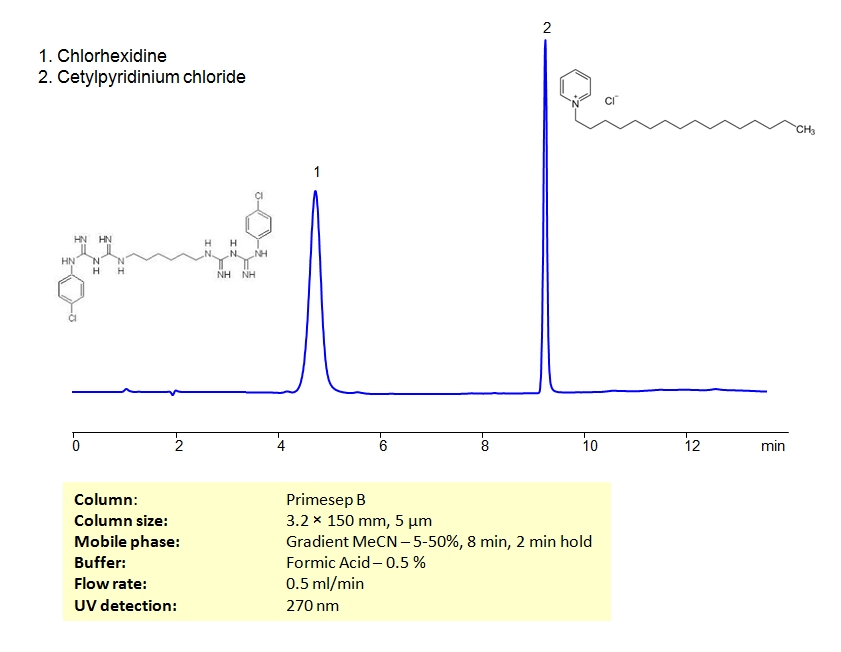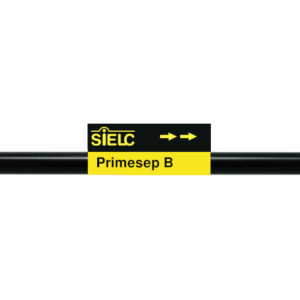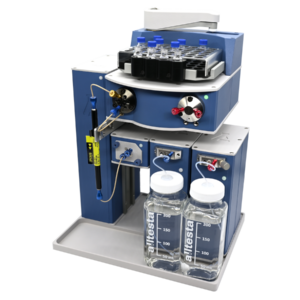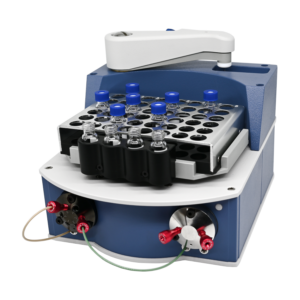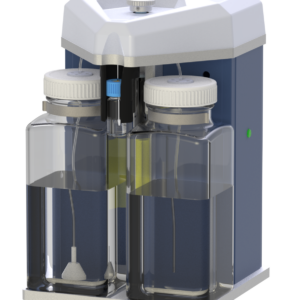HPLC Method for Cetylpyridinium Chloride, Chlorhexidine on Primesep B by SIELC Technologies
High Performance Liquid Chromatography (HPLC) Method for Analysis of Cetylpyridinium Chloride, Chlorhexidine.
Chlorhexidine gluconate, or simply chlorhexidine, is a biguanide used as an antiseptic and disinfectant. It is a component of mouthwash rinses that has been shown to reduce plaque, gingivitis and oral bacteria. It’s also used as a topical agent for skin disinfection. Cetylpyridinium chloride is another type of antiseptic used in mouthwash rinses. Both compounds are cationic.
You can find detailed UV spectra of Chlorhexidine and information about its various lambda maxima by visiting the following link.
You can find detailed UV spectra of Cetylpyridinium Chloride and information about its various lambda maxima by visiting the following link.
Cetylpyridinium Chloride, Chlorhexidine can be separated using HPLC on SIELC’s reverse-phase (RP) mixed-mode Primesep B column with the mobile phase of acetonitrile (ACN) and water with formic acid buffer and UV detected at 270nm.
| Column | Primesep B, 3.2 x 150 mm, 5 µm, 100 A, dual ended |
| Mobile Phase | MeCN/H2O |
| Buffer | Formic Acid – 0.5% |
| Flow Rate | 0.5 ml/min |
| Detection | UV 270 nm |
| Class of Compounds |
Surfactant, Hydrophobic, Ionizable |
| Analyzing Compounds | Cetylpyridinium Chloride, Chlorhexidine |
Application Column
Primesep B
Column Diameter: 3.2 mm
Column Length: 150 mm
Particle Size: 5 µm
Pore Size: 100 A
Column options: dual ended
Chlorhexidine

